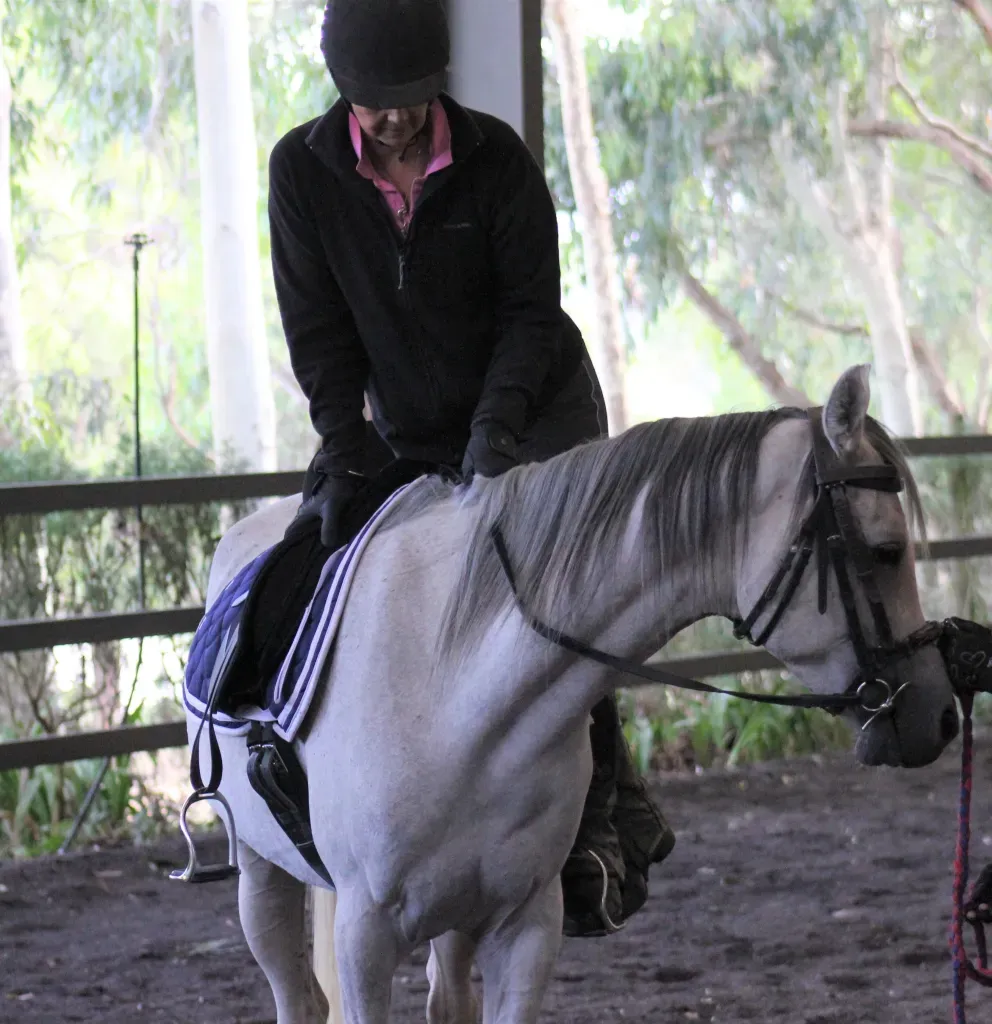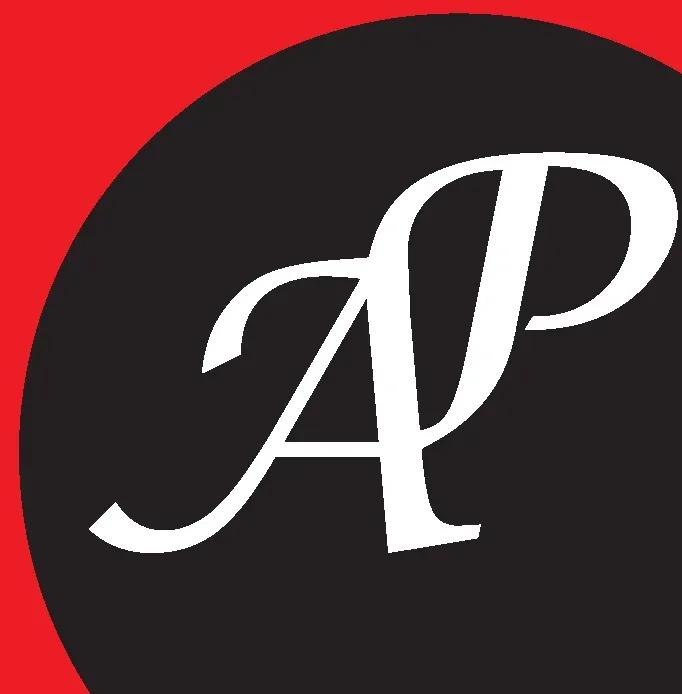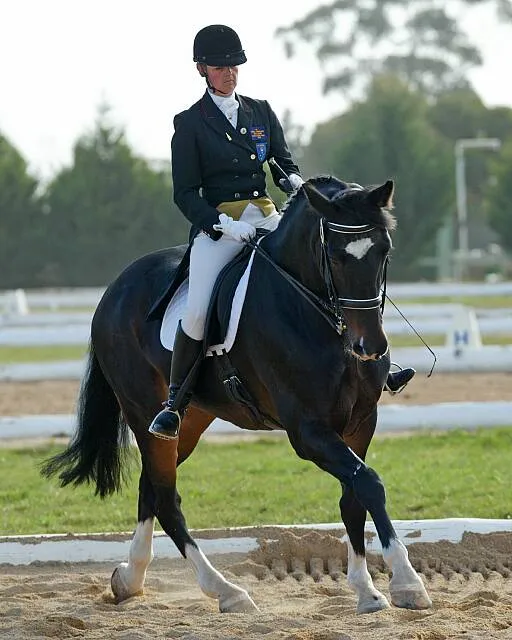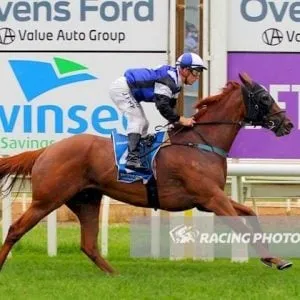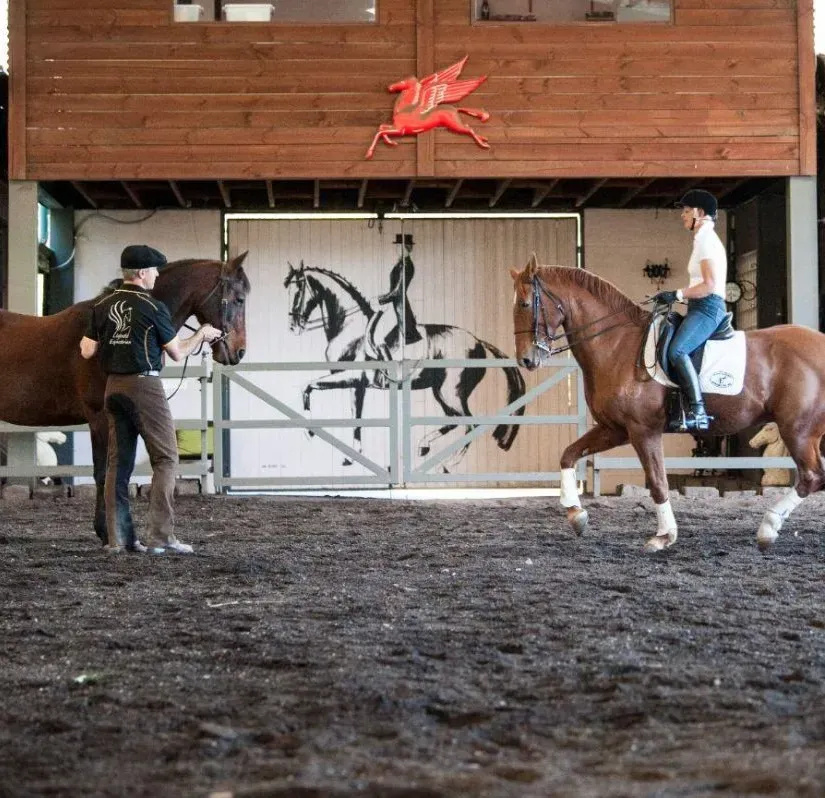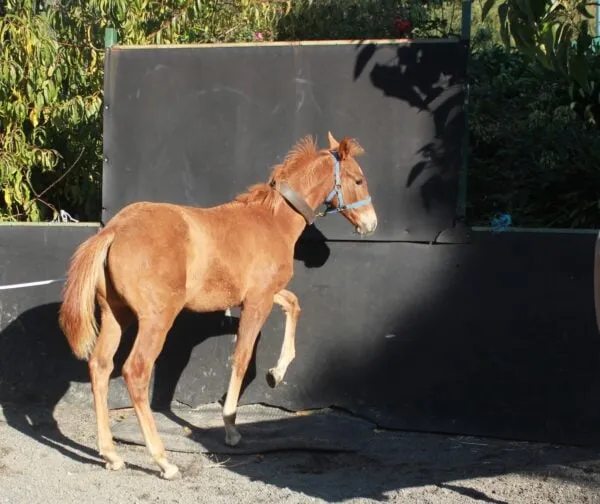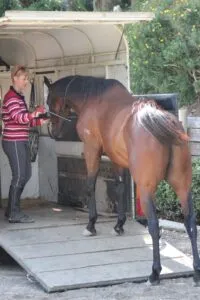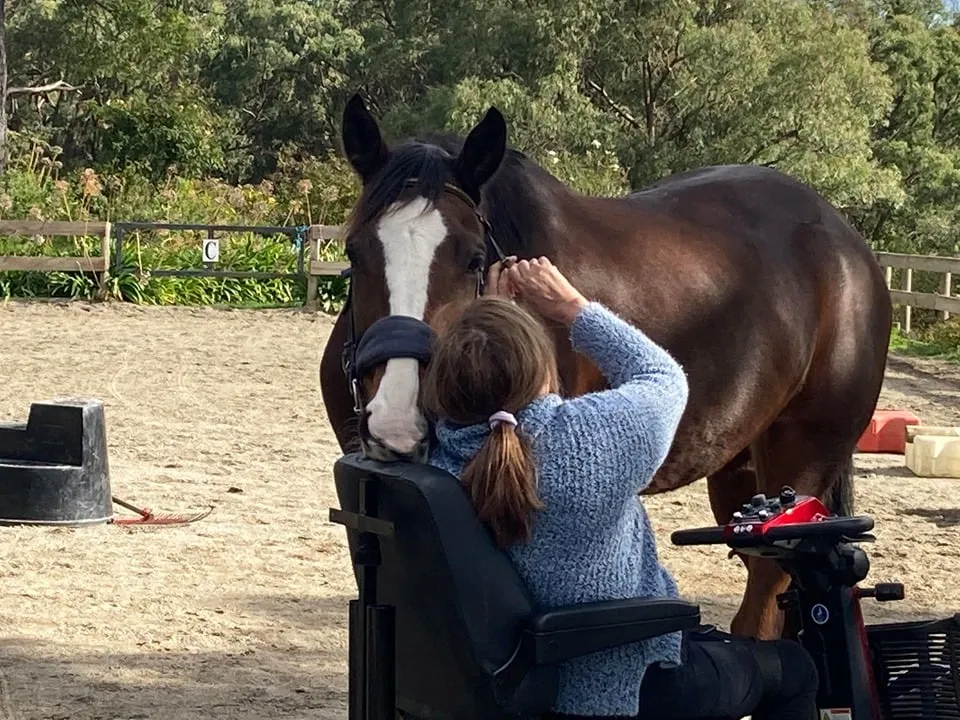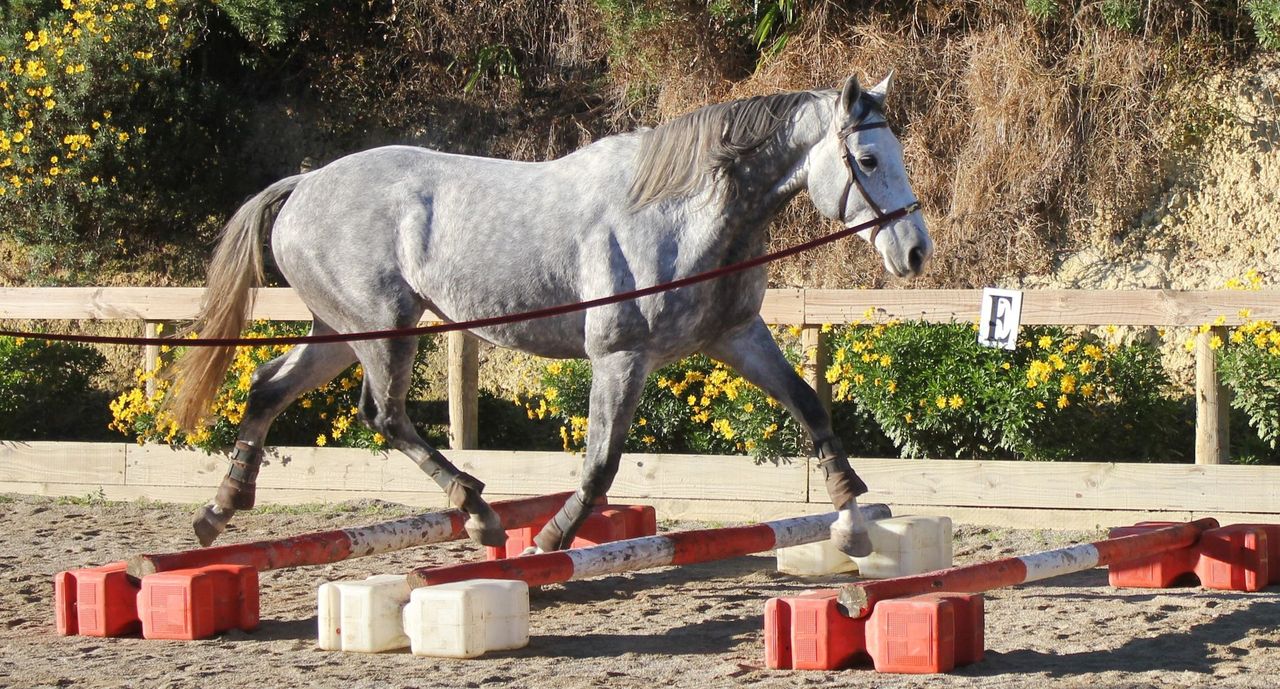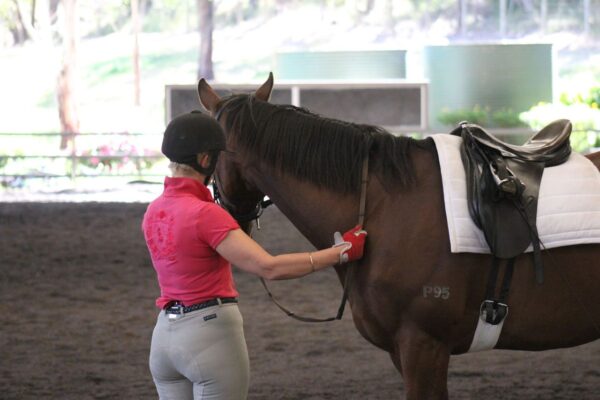Horse Training
At Avoca Park Equestrian we have developed a facility where horse and rider want for nothing.
Over the past 27 years Leanne has achieved her Equestrian Australia, National Coaching Levels 1, 2 & 3 in Dressage and is a level 2 Jumping Equitation Judge. Leanne is a level 1 licensed teacher in Philippe Karl’s School of Légèreté.
During her riding career Leanne trained and competed Avoca Black Saint to Grand Prix and in that time represented both Australia and Victoria. Leanne’s currently continuing the development of her riding with the School of Légèreté and studies many aspects in maintaining and improving the horse and rider wellbeing.
Fill in the form below to enquire about our Horse Training availability.
What is involved in Leanne William’s Training
Leanne has dedicated her life’s work to the best and kindest training procedures for the most successful results.
It all starts with 5 simple steps...
Intro to Cavesson
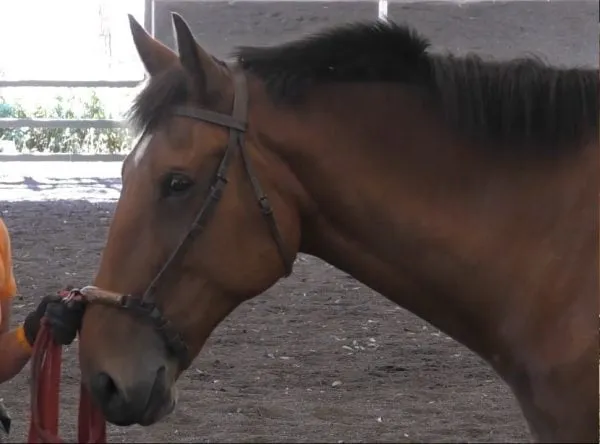
Lunging Inc Cavalletti
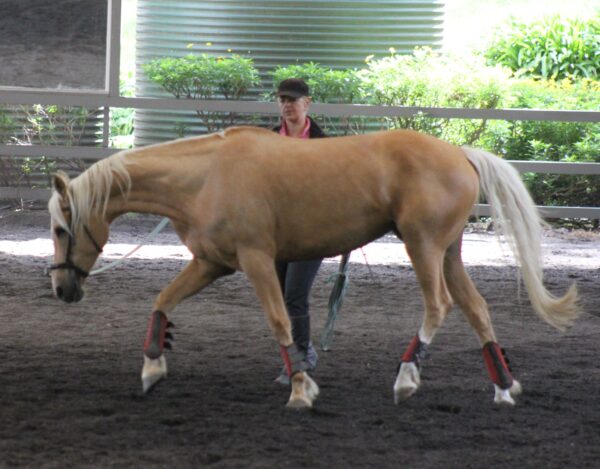
Mouthing Process
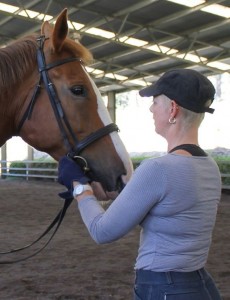
In-Hand Work

Mounting & Riding
